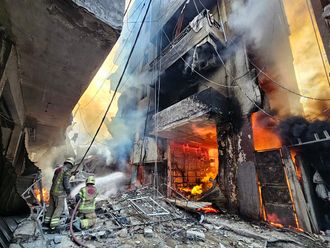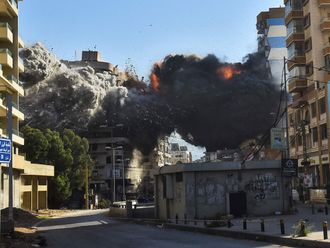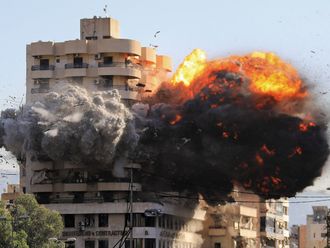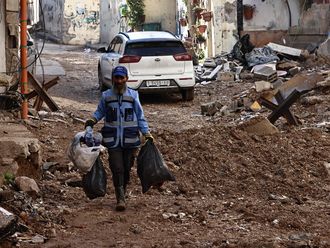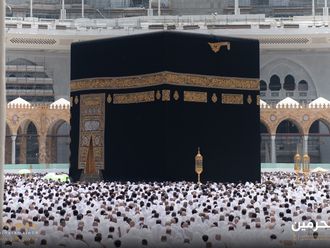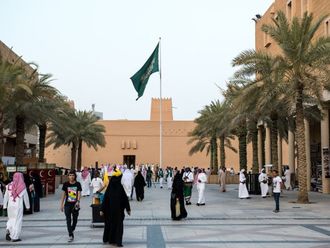Moscow: Five and a half months, 9,000 fighter jet sorties, a reprieve for Bashar Al Assad’s regime, the downing of a Russian passenger jet over Egypt and the end forever of the burgeoning bromance between the Turkish and Russian presidents: thus goes the summary of Russia’s intervention in Syria, which has irrevocably changed the contours of the five-year-old conflict and its surrounding geopolitics.
“I consider the objectives that have been set for the Defence Ministry to be generally accomplished,” Vladimir Putin announced matter-of-factly on Monday evening, announcing the imminent withdrawal of Russian troops from Syria. The vaguely stated objective of “fighting terrorism”, so conducive to mission creep and unfinishable wars, has clearly not been accomplished. Daesh, after all, is still very much there.
But if there is indeed now a withdrawal, it will prevent the Syria mission from turning into a long, drawn-out affair with rising Russian casualties. Already, analysts have noted an increasing number of support personnel operating in the country — special forces, tank crews and heavy artillery — that began appearing outside the Latakia base.
“There’s not really huge enthusiasm for the Syrian conflict in the military and a worry about mission creep. The more forces you’ve got there the more vulnerable you are,” said Mark Galeotti, professor of global affairs at New York University who is currently based in Moscow.
But Putin’s announcement took military analysts by surprise: If Russia’s dramatic entry into Syria was presaged by a quiet but noticeable logistical build-up, nobody saw the exit coming, including those with close links to the military hierarchy.
Of course, the repeated statements of implausible deniability over the Russian army’s Ukrainian adventures, and their claims to be “exclusively” targeting terrorist groupings in Syria, have all made it hard to swallow anything that comes out of official Moscow without a healthy dollop of cynicism. Not to mention the repeated insistence that the Syria bombing has not resulted in any civilian casualties, despite ever-mounting evidence to the contrary.
This has led many to question whether this withdrawal is for real. Putin ordered the pullout to start on Tuesday, but gave no end date. Equally, it has been made clear that the Hemeimeem airbase outside Latakia from which Russia has launched its air raids will remain in use. It is not known how small the “small contingent” that will remain behind will be, and it will almost certainly still involve advanced air defence systems. Additionally, now the infrastructure is in place, nothing is to stop Russia from redeploying even more quickly and unexpectedly than in late September.
But there is good reason to believe Putin’s announcement is to be taken seriously. For while it is true the mission of defeating Daesh has not been accomplished, nobody who has taken the most cursory glance at the map of where Russian bombs landed would have believed this to be the real mission. Even the goal of propping up the Syrian state institutions to keep Al Assad in power and prevent the kind of power vacuum seen in Libya and Iraq after their leaders were deposed was secondary, according to many analysts.
“Nobody wanted to deal with Russia after Ukraine, and the goal of the Syria campaign was to force the West to deal with Russia again,” said independent military analyst Alexander Golts. “This has happened, and now they are getting out of the conflict with minimal losses. I think it’s a pretty brilliant tactical move.”


